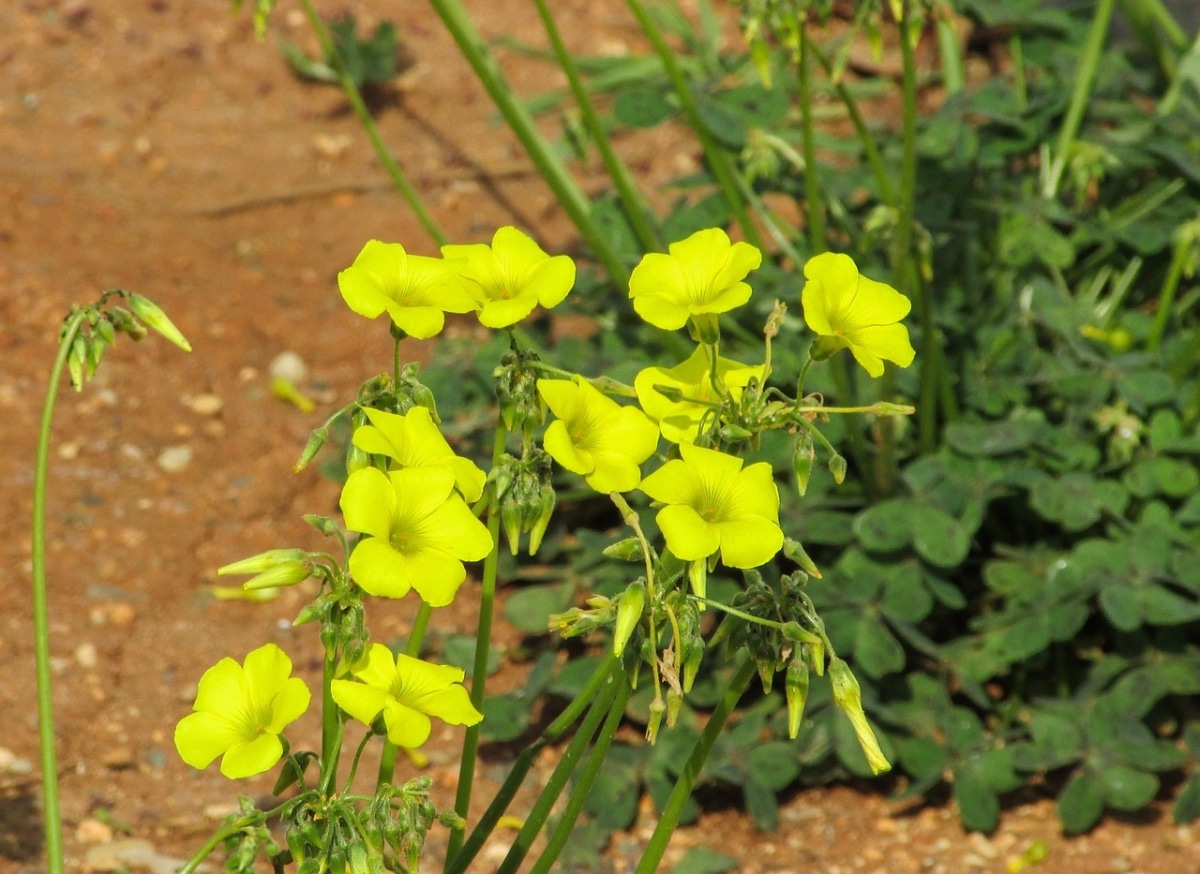
Who hasn't enjoyed the vinegar plant when they were young? I remember that he used to pick his flowers and chew the stem every time he came back from class. I loved its sour taste.
In addition, it must be said that its flowers are very, very pretty. In a garden it is not usually welcome, since it grows fast and multiplies with incredible ease, but just to enjoy its flavor is worth taking advantage of.
Origin and characteristics
The vinagrillo (or vinaigrette, as it is also known), is a perennial rhizomatous herb endemic to Namibia and the Cape region of South Africa, although today it has become naturalized in the warm areas of Europe, western United States, Mexico and Australia. Its scientific name is Oxalis pes-caprae, Andreaches a height of up to 40cm. Its leaves are trifoliate, dark green.
The flowers are yellow and are grouped in inflorescences that arise from a stem called a peduncle that is 6-35cm long. The fruit is a 5-8mm capsule inside which are 3-4 seeds.
Can it be cultivated?
Regrettably, in the aforementioned countries, no. It grows very quickly, and by not having predators to control it ... it has become an invasive species. Now, that does not mean that we cannot take advantage of those specimens that we find in our garden.
And it is that, before throwing it into the compost heap, it can be of great use to us.
Caring for the vinagrillo
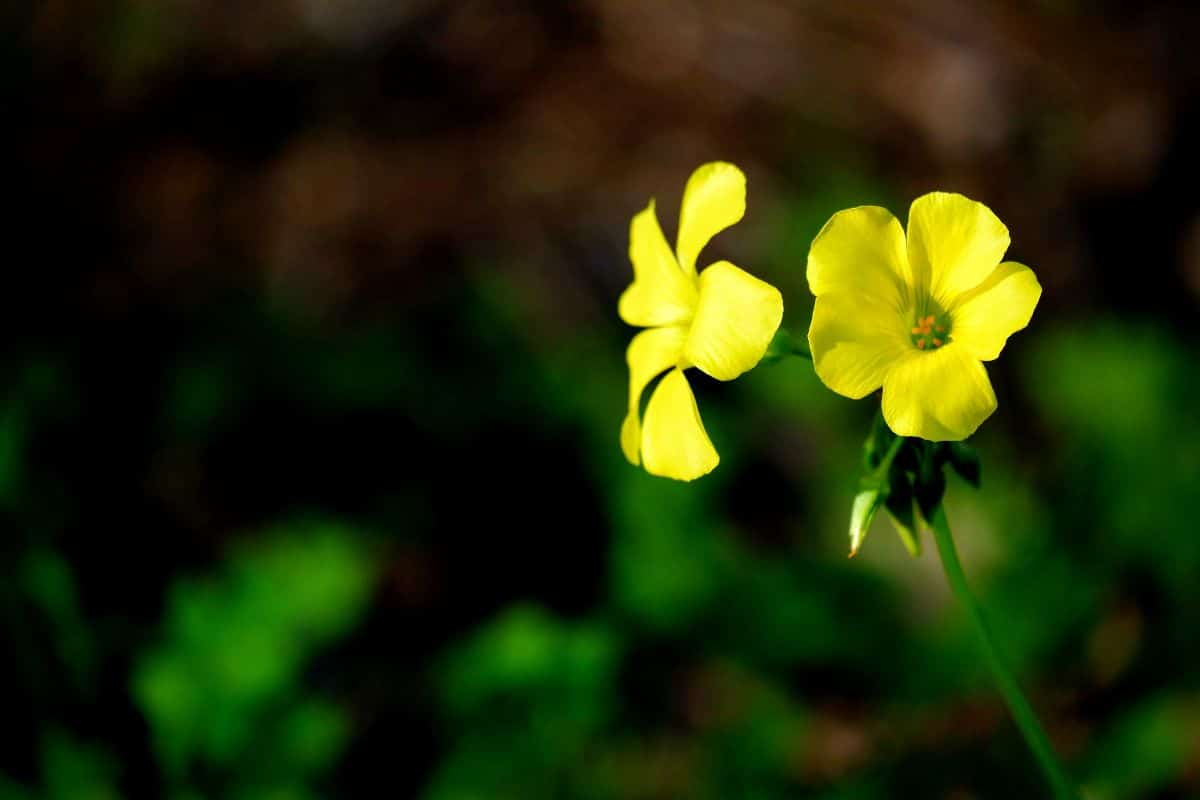
If vinegar grows in your garden, or as it is also known, Citrus, Matapan, Clover, Canary, Onion or Dream Flower, you can take advantage of it to take care of it and make your garden quite a show. Of course, you need to know what care you should provide so that it is healthy and can survive. Do you want to know what they are?
Location
Although it is said that the vinegar has to be in a bright area because it loves the sun, the truth is that it is better to put it in a semi-shady place, Especially if where you are is in a more summery climate (that is, temperate climates throughout the year). If, on the other hand, you are in areas where it is not so hot, not even in summer, then you should put it more in the sun.
Keep in mind that, if there are frosts, the vinegar plant may not survive. Although it is resistant, the cold, if it is very intense, can with it. To give you an idea, at -4 degrees it can already suffer and not resist the cold, so if it goes lower, the plant will most likely disappear.
Earth
To give the nutrients and the right place to this plant you have to provide it a sandy soil that drains very well. You need organic matter so a mixture of both livelihoods will be perfect for her.
You can plant it both in the garden and in a pot, as long as you give it that type of soil it will grow wherever you want.
When they are seeds and they are coming out, you can use a universal substrate to give it all the nutrients it needs. But later, for it to drain, it is important to give it something else.
Irrigation
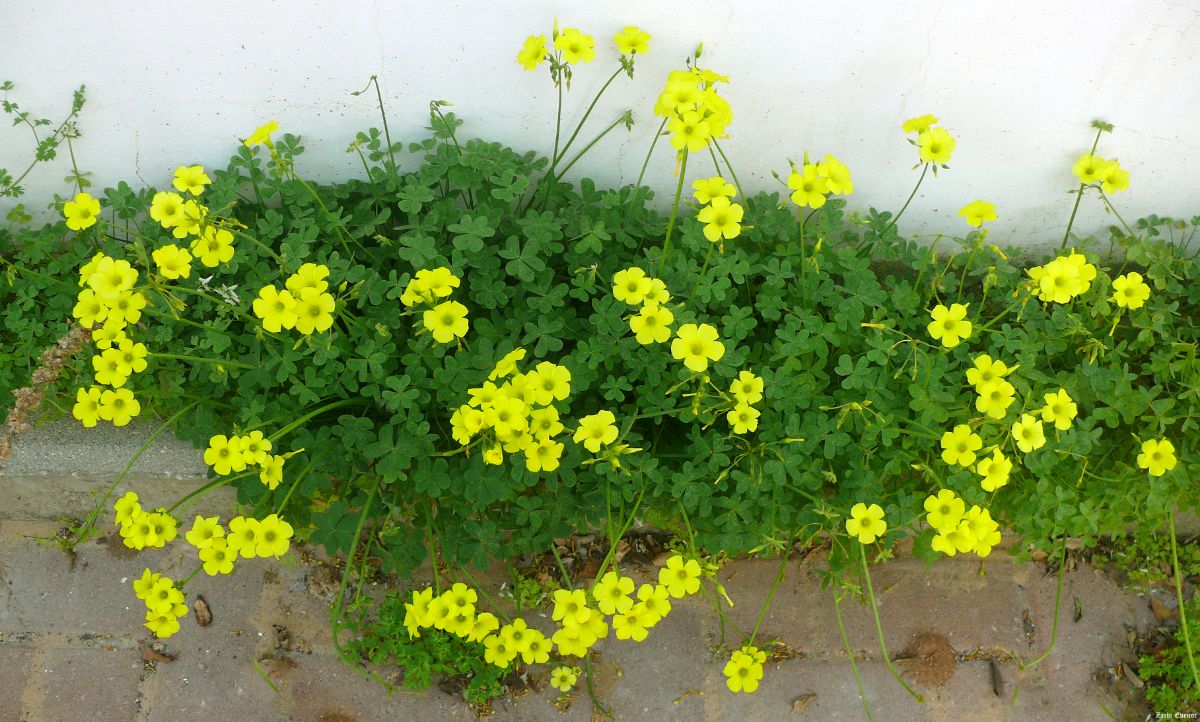
The vinagrillo likes, and a lot, frequent watering. But, be careful, we do not mean by that that you flood it and puddle the water; on the contrary, it likes humidity but only just enough. Above all, it will require a greater amount of water when it is in bloom, but once that time is over it will require less. In fact, in winter you will not need to water it.
Thus, as a summary, water three to five times in summer (depending on whether your summers are warmer or it will not tell you how many times to water) and in winter nothing. Unless you have a warm or mild winter, which you can water once a week.
Fertilizer
As for the fertilizer, this plant does not need it, but if you want it to grow fast and strong, you could consider adding it at the beginning, when the plant is growing, to give it a "kick" of energy and that it develops more.
Some what they do is fertilize once a month in spring and summer to enhance flowering. So you can also ask yourself.
Pruning
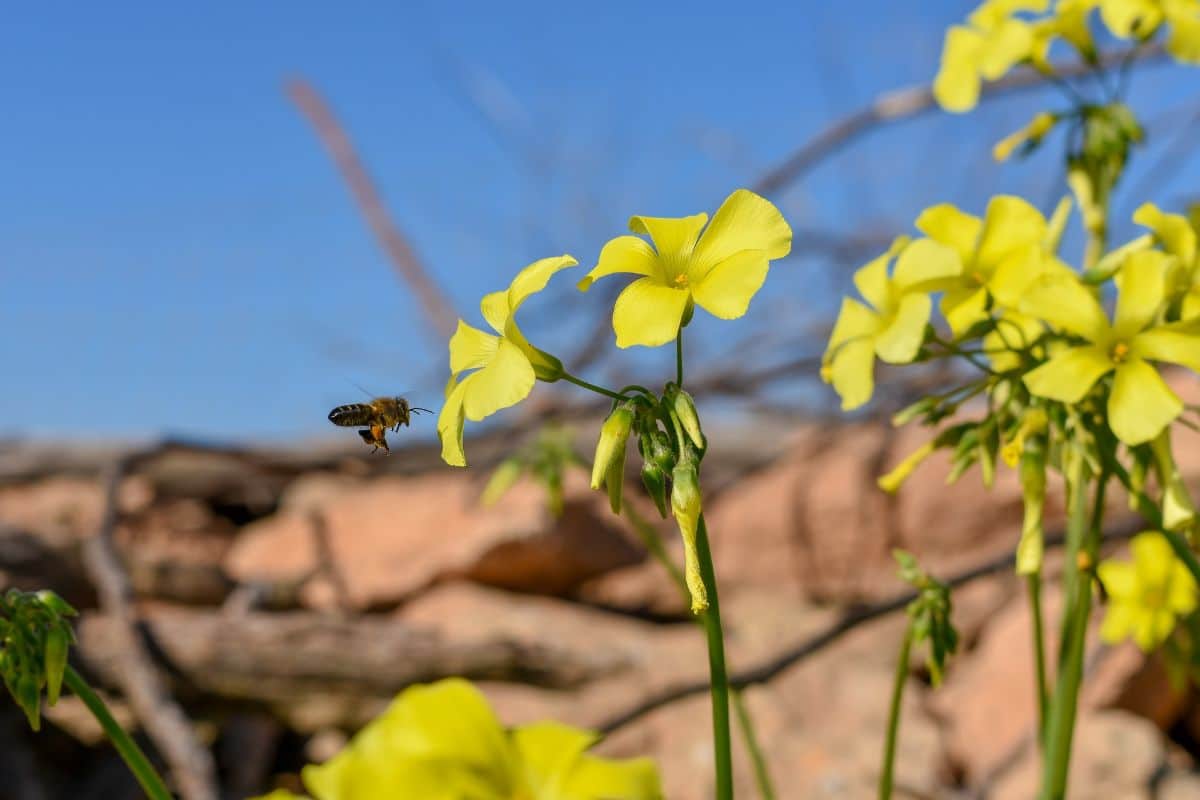
Here there are those who think that it does not need to be pruned or maintained, but to leave it to its own free will; and others that do recommend monitoring the progress of the plant, especially since it can spread uncontrollably and invade other areas of the garden.
Therefore, if you do not want it to appear in more places, you must control that it does not "get out of hand." That means that you will only have to do a maintenance and training pruning (this the first years) to control that it does not invade neighboring areas. But not a pruning as it is understood to cut the plant so that it sprouts in certain parts, that is not necessary in this plant.
Diseases and pests
You should know that the vinegar plant does not have any known diseases or pests. This does not mean that it will be immune, but that there is no type of them that especially affects this plant.
In this case, has the same common of any plant, and as such it would be necessary to act before them. But some species-specific are not known. It is said to be very resistant and there are few diseases or pests that could kill it and experts only put their emphasis on the temperature where it is planted, but not on problems when growing it (beyond its invasive property).
Multiplication
Finally, we have multiplication, that is, the way the plant reproduces itself. You should know that he does it above all for seeds. These are planted in spring in a pot or a hotbed with universal land and, as they grow and grow, they move to their final places so that they can finish developing.
Another form of multiplication is through the cuttings. What you do is take cuttings from the rhizomes at the end of winter and plant them in the ground. By having these bulbs we know that you have a greater chance for roots and stems to develop more easily.
Uses of the vinegar plant
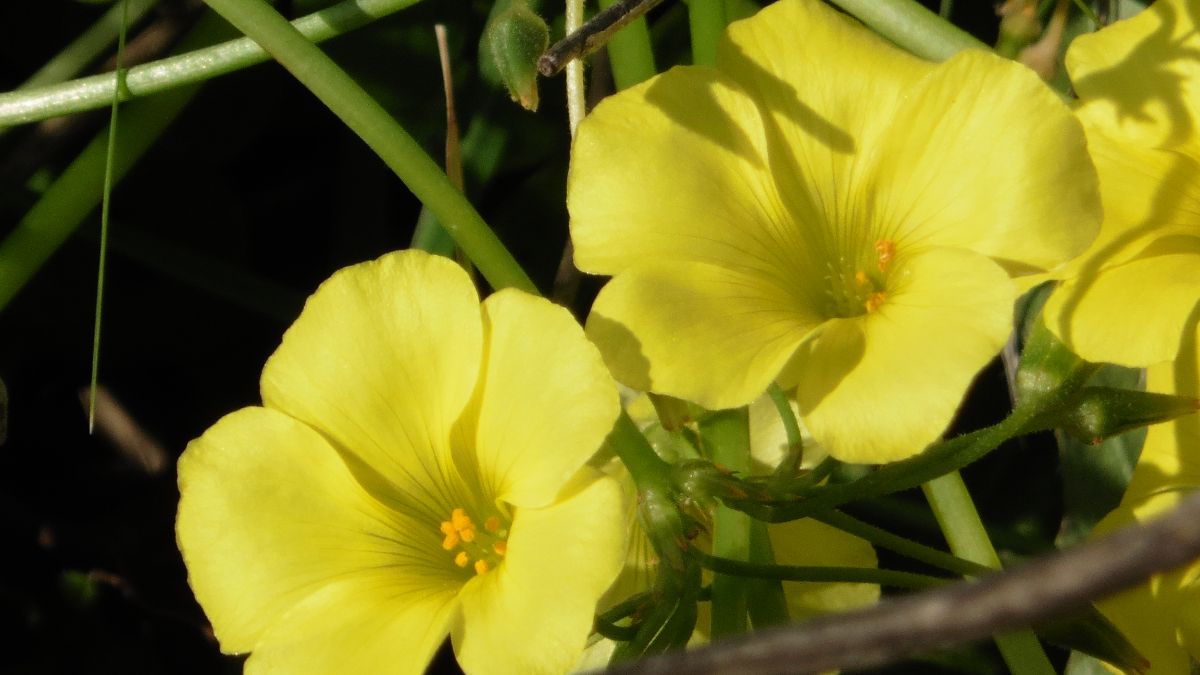
The vinagrillo or vinaigrette is an herb that, as you may have guessed, is edible. Both the leaves and flower stems can be eaten in salads for example, or as I did as a child: freshly picked. They are, really, very good. Of course, take only those that you know for sure have not been sprayed with chemicals, for your own safety.
In addition to the food use that we have told you, it also has much more uses. For example, one of them and related to being "food" is that will attract bees. The flowers have a nectar that is very palatable to these insects, so you can help the environment by providing these animals with a place to eat.
Another use of vinagrillo is in flowers. These can be used for dyeing. Due to its intense color, especially yellow, it is used so that wool, or other fabrics, are dyed in a natural and very vivid way.
Finally, we have the medicinal use, which is where the vinegar plant is most applied. You should know that it has certain properties that make it a special plant such as anti-inflammatory, diuretic, toning, antipyretic, antiscorbutic and purifying. But not only that. It is full of vitamin C, minerals, acid salts ...
The problem is that the consumption cannot be excessive because, because it has oxalic acid, which is toxic to both man and animals, it can cause you to have problems with stones in the kidney or in the urinary tract. Among the symptoms that too much has been taken are mouth and throat pain, nausea, weak pulse, abdominal pain, hypotension ... And if it persists, it is when problems in the kidneys, liver or even death appear if it is not taken. weather.
Related to medicine, it can also be used to heal abscesses, dermatoses and mouth ulcers. For this, the leaves and roots are used.
I hope you liked this article.
I have a lot in my garden, but its flowers are lilac. This is how it appears on the internet. Are we talking about the same plant?
Hello Marta Cristina.
No, it is not the same. The one you say could be Oxalis articulata, but its flowers are rather pink.
Regards!